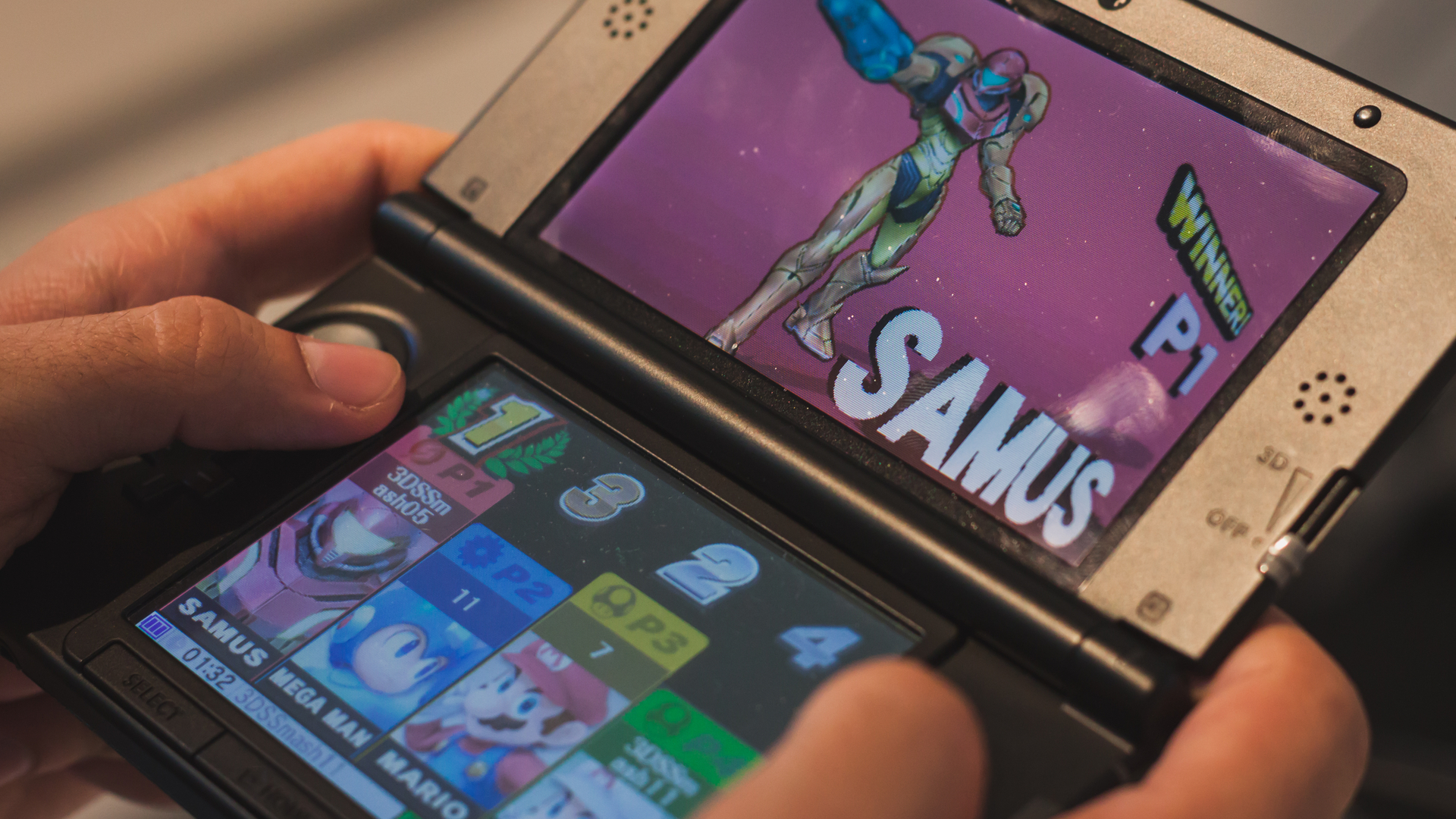Is glasses-free 3D the future of gaming? Not in its current state
Here’s what needs to change for it to catch on

You might think that 3D media consumption was just a bit of a passing fad. After all, most would probably associate the technology with those massively expensive 3D TV sets that became a thing around 2010 and were loudly touted as the future of entertainment before unceremoniously dying off over a period of about five years.
The failure of 3D TVs was due to their prohibitively high price tags but also various software issues and a serious lack of proper support for the technology. After all, why would anyone ever spend an absolute fortune getting their hands on a shiny new 3D TV if there were hardly any 3D movies or shows that were actually worth watching anyway?
Back to the third dimension

The appeal of 3D has been a little different here in the gaming space, however, where the success of the Nintendo 3DS family of handheld consoles suggests that there may actually be a viable market for 3D gaming that lies untapped, especially after the company’s shift towards the Nintendo Switch.
Brilliant games like Super Mario 3D Land show just how much 3D can add to certain titles if it’s implemented well. Something as basic as trying to land jumps in its successor, Super Mario 3D World, is that much more frustrating because it lacks that sense of depth. It didn’t just enhance 3D platformers, though, as other 3DS titles like Resident Evil: Revelations and Metal Gear Solid: Snake Eater 3D demonstrate how much more cinematic it can make other genres feel, even on relatively underpowered hardware.
You might assume that there’s nothing right now that's trying to replicate the experience of gaming on a 3DS, but 3D viewing tech has actually been having a bit of a resurgence as of late. Lenovo brought out the ThinkVision 27 3D monitor last year; a 4K display for graphic design applications that used real-time eye-tracking to create a dynamic depth effect.
Like the 3DS, this monitor utilized autostereoscopic technology that allows the effect to be viewed without the need for those clunky 3D glasses. Naturally, it didn’t take long for companies to start eyeing up the technology for gaming and Acer soon unveiled its Predator Helios 300 SpatialLabs Edition laptop, one of the very first gaming laptops to feature a glasses-free 3D display.
Excited by the prospect of diving into some of the best PC games in 3D, I managed to get my hands on a sample and spent a few weeks trying it out. Based on my experience, however, it seems like this new wave of 3D products is doomed to repeat many of the same mistakes that led to the quick demise of the 3D TV.
Get daily insight, inspiration and deals in your inbox
Sign up for breaking news, reviews, opinion, top tech deals, and more.
The same teething issues

First off, there’s the price. This Acer laptop is expensive, with a $3,499.99 / £3,299 price tag at most retailers. If you disregard the 3D display, the actual specs (which feature an RTX 3080 GPU and I9-12900H CPU) are pretty similar to laptops that you can easily find for about $1,000 / £800 less.
Of course, the 3DS infamously launched on the pricey side too with an eye-watering $249 / £269.99 RRP. This was an obvious mistake and, after six months of lackluster sales, this was slashed down to a very affordable $169.99 / around £179.99. That’s actually slightly less than the initial $149.99 / £99.99 RRP of the original Nintendo DS in the US when you account for inflation, so it's easy to see why many decided to upgrade. If glasses-free 3D tech is going to catch on again, it’s going to need a similar price cut to tempt over current 2D players.
It also doesn’t help that there’s almost no games designed to make effective use of the 3D effect right now. Although it undeniably works and I was even pretty impressed the first time I launched God of War in 3D, having Kratos’ shiny pate appear slightly closer to your face adds almost nothing to the experience. Where Super Mario 3D Land had a raft of unique puzzles and levels that made full use of the 3D, the supported games here feature nothing of the sort.
On the topic of supported games, the current lineup is extremely limited to boot. Only specific games are compatible with SpatialLabs glasses-free 3D displays and there are only about 100 to choose from. This might sound like a lot, but the bulk of the list is taken up by older titles like Borderlands or Trine. Although these are still great games, it’s hard to justify spending lots to predominantly replay titles from over a decade ago.
Compatibility with an increased number of newer titles, or even some original games that were specifically designed with 3D in mind, would immediately make the prospect far more appealing.
It’s also a literal headache

There’s also a major issue that is, at least for me, completely unique to this recent wave of glasses-free 3D technology. I’ve always been able to enjoy 3DS games and 3D movies in without any discomfort, but just half an hour of glasses-free 3D gaming was enough to make me feel queasy. It goes without saying, but nobody wants to experience eye strain and nausea while they’re trying to play their favorite games.
Mileage is going to vary per person but, bringing the laptop into TechRadar Gaming HQ, I definitely wasn’t the only one who seemed to suffer when the 3D was turned on. This is somewhat understandable for a first-generation product, though. Even the 3D effect of the 3DS got much better over time with the later New Nintendo 3DS offering a near-perfect experience thanks to the addition of face tracking, so I’ve got my fingers crossed that future models are already in the works to help address this.
You probably shouldn’t rush out to buy a glasses-free 3D laptop right now - definitely not at the prices they’re going for. But, as poor as the experience is, I'm still holding on to a glimmer of hope that the technology could become much more viable if its most serious shortcomings are addressed before it's too late.
For quality games that you can play right now, see our guides to the best single-player games or the best FPS games.

Dash is a technology journalist who covers gaming hardware at TechRadar. Before joining the TechRadar team, he was writing gaming articles for some of the UK's biggest magazines including PLAY, Edge, PC Gamer, and SFX. Now, when he's not getting his greasy little mitts on the newest hardware or gaming gadget, he can be found listening to J-pop or feverishly devouring the latest Nintendo Switch otome.